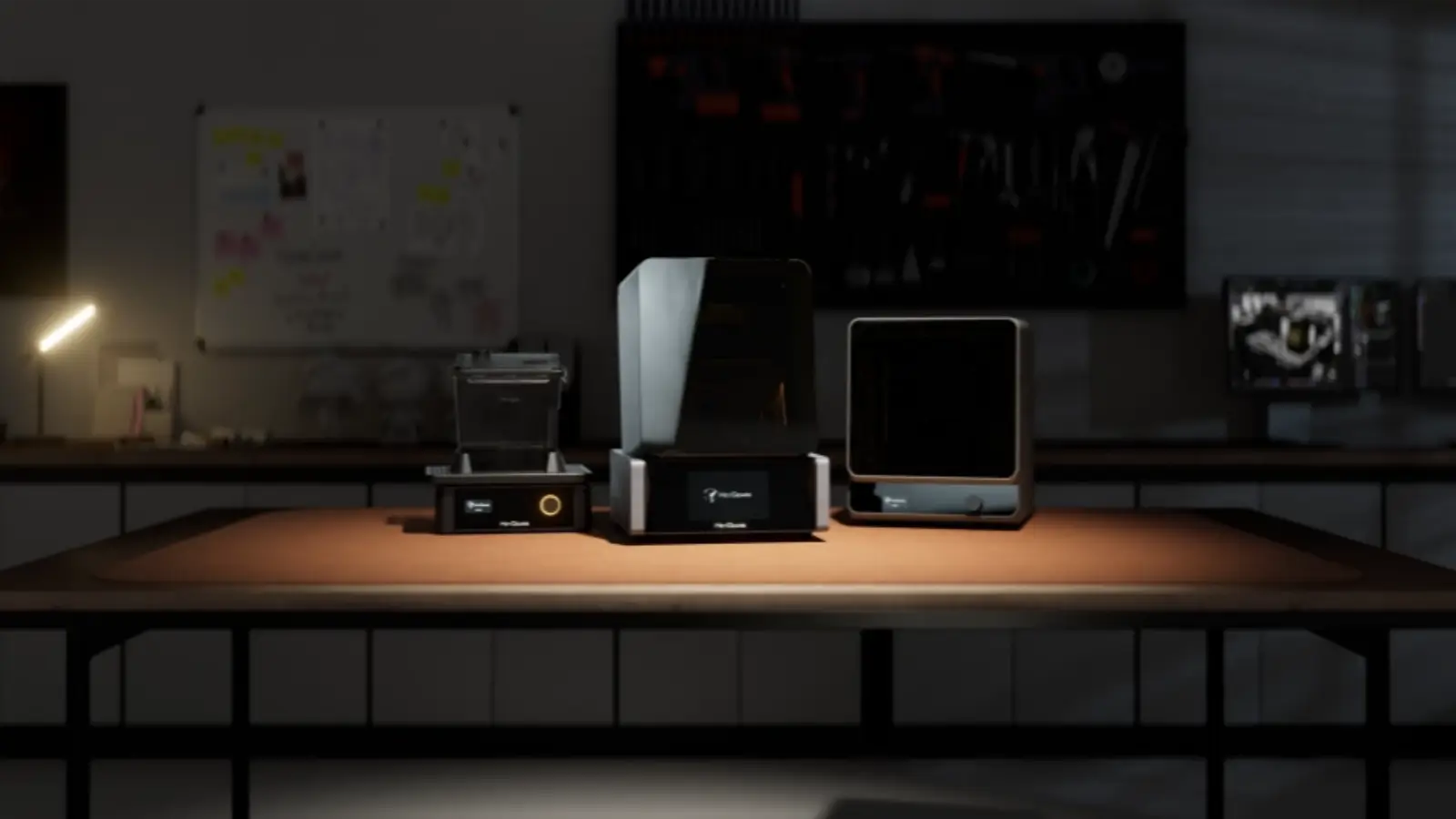The evolution of 3D printing technology has made the process of turning digital designs into physical objects accessible to makers, hobbyists, and professionals alike. Fused Deposition Modeling (FDM) based printers are very popular, but they have some drawbacks.
The top surface finish needs to be smooth and clean, which is one of the major challenges. A lot of users are struggling with the overly visible layer patterns, irregular lines, and small gaps.
There's a built-in option in Ultimaker Cura named Ironing that helps smooth out rough areas. For those of you who strive for perfectly polished prints with minimal manual editing, this article will explain what Cura Ironing is, how it functions, and the best ways to use it for optimal outcomes.

What is Cura Ironing?
Cura Ironing is an option in the Ultimaker Cura software that polishes a specific area of 3D prints by smoothing out the uppermost layer. When enabling ironing, Cura commands the 3D printer to perform an additional purge layer “smoothing” pass over the last layer.
Instead of just moving, the nozzle travels at a very slow rate while extruding minimal material over the top layer. This gentle sweep does the following:
- Minimizing small gaps and holes
- Smoothing out over-extruded layer lines
- Blending seam lines
- Enhancing the shine of the surface
This feature is especially helpful for models that are intended to be seen, displayed, or used as final products without painting or sanding.
Benefits of Using Ironing
Not only does it make your prints visually appealing, but ironing also improves the functionality of the prints and can reduce time spent on post-processing. The most important advantages are:
Smoother Top Surfaces
Ironing reinforces the top layer visually and makes it smoother and more polished. It is especially noticeable on large, flat text plates, logos, and lids on your model.
Less Post-Processing
If a smooth output is achieved from the printer, there won't be much sanding or finishing work to be done. This will conserve time and preserve the shape.
Better Fit and Contact
For components that must be glued or fit flush against other surfaces, parts that are ironed have a more uniform top surface that enhances accuracy and improves assembly results.
Increased Professionalism
A well-finished top layer gives your business a good impression, especially when selling products or showcasing prototypes. It enhances the perception of quality and craftsmanship in your prints.

When Should You Use Ironing?
Although ironing has the benefit of smoothing out prints, it is not always necessary to do. Here’s when it is most helpful:
Use Ironing When:
- You are working with models featuring large flat upper layers.
- The upper section of the model will be prominently visible.
- For printing signs, badges, or nameplates.
- For enhanced polish without the need for leftover processes.
Avoid Ironing When:
- The top surface is uneven or contoured.
- There are intricate details on the uppermost layer.
- Prioritize speed over quality.
- While working on prints using a resin 3D printer (This form of printing gives smooth finishes naturally due to the way 3D printing resin cures).
While ironing is a great tool for FDM printers, remember that the best resin 3D printer naturally produces high-detail and smooth surfaces. If you want the 3D printed details with a surface finish, then it is best to invest in a high-quality resin 3d printer.

How to Enable and Configure Ironing in Cura
Cura allows you to easily switch ironing on, but first, you need to enable the required settings. Start with these steps:
Step-by-Step Setup
- Open Cura and load your 3D model.
- In the right panel, click “Custom” view in print settings.
- Click the three-line menu and select “Manage Setting Visibility.”
- Search for "Ironing" and check all related options.
- Now, under the Top/Bottom settings, you’ll see the ironing controls.
Important Ironing Settings
- Enable Ironing: Activating this toggle will turn on the feature and its functionalities.
- Iron Only Highest Layer: Keeps ironing limited to the very topmost layer only. Reduces print time.
- Ironing Pattern: Select either Zig Zag (more rapid) or Concentric (smoother results, but slower).
- Ironing Flow: The volume of filament extrusion while ironing (10–15% is standard).
- Ironing Line Spacing: Spacing refers to the distance between successive passes. Small distance yields a smoother surface but increases print time.
- Ironing Inset: Prevents movement from edging too close to the outline to avoid over-extrusion or blobbing.
Adjusting these parameters relative to your print dimensions and the speed of your printer can greatly improve the quality of your prints.
Tips for Better Results
To achieve the best results from ironing, consider these practical recommendations:
Properly Level Your Bed
A properly leveled print bed ensures that the nozzle is at the proper height for printing. If it is too high, the surface won’t be smoothed, and if it is too low, it may scrape or damage the print.
Use Good Quality Filament
Use of inconsistent or low-quality filament will result in either blobs or under-extrusion during ironing. Stick with your go-to brands for better outputs.
Slow the Ironing Speed
Increasing the print head speed during ironing gives the nozzle less time to smooth the surface, so slowing it down helps. 15 to 25 mm/s generally works best.
Watch Your Temperature
Ensure your nozzle temperature is optimal for the filament you are using. A hotter-than-normal setting will improve flow during ironing, but too much heat would cause stringing issues.
Use Concentric Pattern For Circular Models
For rounded or circular tops, the Concentric pattern yields better and more consistent results compared to Zig Zag.
Conclusion
Cura’s ironing feature is simple to use yet incredibly effective for enhancing the quality of FDM prints. If you are designing parts for showcase, displays, or even professional applications, this setting enables users to achieve a sleek surface effortlessly.
After considering when and how to properly implement the ironing feature, achieving amazing prints with minimal effort will be effortless. As mentioned previously, a few adjustments in Cura can eliminate the need for hours spent on sanding and reprinting.
For those still struggling to obtain a high polish surface finish, consider switching to a resin-based 3D printer. Using the best resin 3D printer guarantees a spectacular surface finish straight from the printer without the need for post-processing.
Regardless of the preferred method of printing, investing time in mastering the ironing feature on Cura will enable the pursuit of ultimate print quality.
Related articles:
Essential 3D Printing Tools Guide: From Basics to Advanced, Mastering Key Tools



Share:
hobbyistReflex RS Turbo: All-New Precise, Fast Resin 3D Printer 2025
Websites for Free 3D Printing STL Files